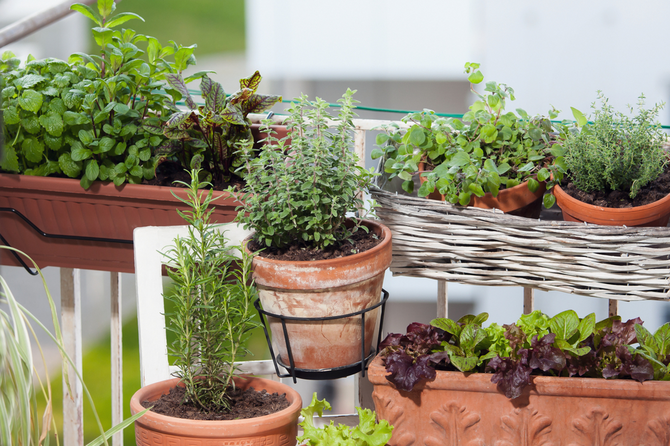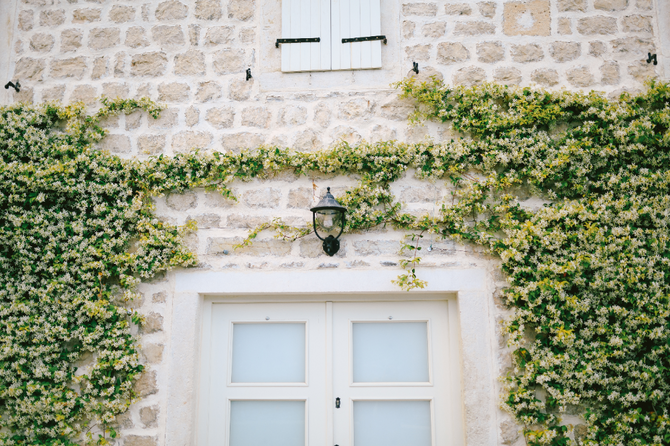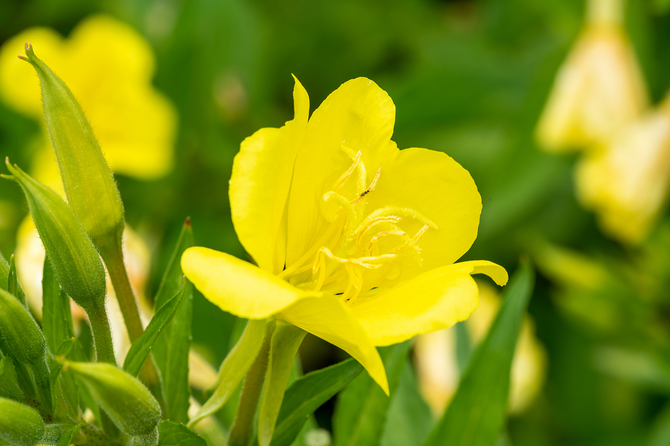A Brief History of the Christmas Tree Tradition
For thousands of years, evergreen plants were used as winter decorations to remind people that spring and regrowth would follow the bleak winter months. Christmas trees were probably first used in the Baltic countries and were decorated and positioned outside. People danced around them and afterwards they were often set ablaze. We do not recommend doing this!
The tradition of having Christmas trees spread to Germany and Martin Luther is credited with the use of candles to decorate the tree to represent stars shining on a clear night. A picture of Queen Victoria and Prince Albert standing by a decorated Christmas tree established the tradition in Britain and Christmas trees became essential decorations.
A Christmas tree can remain looking good over the festive period provided that a few care tips are followed.
Keep your Live Christmas Trees in Tip-top Condition over the Festive Period
We sell live potted trees. These should be left outside for as long as possible and watered well before bringing indoors. The tree should never be positioned close to a direct source of heat such a wood burner or radiator. A large saucer placed under the pot will enable the tree to be kept well-watered without ruining the carpet.
After the festive period is over, put the tree outside. If the weather is bitterly cold, placing the tree in an unheated garage or shed will prevent cold weather damage to the tree. If the compost is frozen on the pot, cold winds can dry out the foliage and this cannot be rehydrated in freezing conditions.
The tree can be grown for use next year, repotting in a larger pot will encourage fresh growth. The tree shous be kept well-watered throughout the growing season. A feed with a general-purpose fertiliser in spring will be beneficial.

Stop the Drop
Needle drop on cut Christmas trees can be minimised by cutting an inch (2.5 cm) from the base of the tree to expose fresh water carrying vessels that can transport moisture from the base of the tree to the needles to keep them fresh. We strongly recommend the use of a Christmas tree stand with a water reservoir to keep the tree hydrated. Our high-quality low needle drop Nordmann firs have a wide base and so use a large stand to ensure stability and being able to fit the base of the tree into the water reservoir. It may be necessary to trim off the lower branches of the tree, you can use the cut branches to make a wreath.
- Norway spruce is the traditional Christmas tree with fragrant foliage. It tends to drop its needles after a short period while in the house and is best when it is required only for a short period. Do not expect this one to last all twelve days of Christmas.
- Nordmann firs are the most popular trees with us and have excellent needle holding abilities. This species makes a very bushy tree with wide spreading branches and has great visual impact.
- Fraser firs are rapidly gaining popularity, they have fragrant foliage and are narrower than the Normann fir and are particularly useful where space is limited. Their upward branches are great for hanging heavier Christmas decorations. Like Normann firs, this species is great for hanging onto its needles.
As with live trees, position your Christmas tree well away from heat sources and check the water level in the tree stand daily and refill as needed. Once the festive season is over, you can arrange for your tree to be collected by St Michael’s hospice to be shredded to make an organic mulch as well as supporting a worthy cause.




